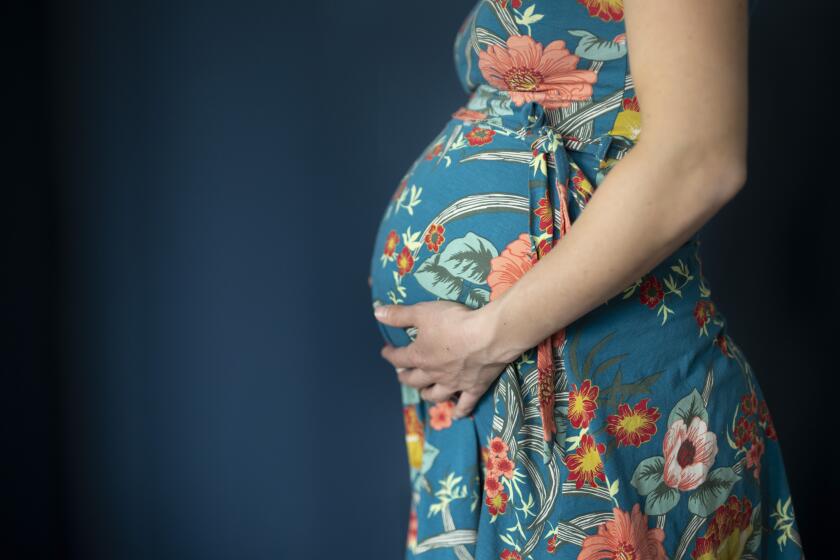T-rex Cousin Was an Airhead With Attitude
The early cousin of Tyrannosaurus rex had a much weaker bite than the most fearsome predator ever to roam Earth, so it may have relied on the sharpness of its teeth and a tough but lightweight skull to slash and tear flesh from its prey, a study suggests.
Allosaurus fragilis (pronounced fruh-JILL-iss) was an extremely successful hunter that survived for millions of years chasing down larger and smaller dinosaurs alike during the late Jurassic period before Tyrannosaurus emerged.
But computerized three-dimensional models of a fossilized Allosaurus skull show the 1 1/2-ton meat eater to be one of the first real “airheads” in the animal kingdom, with a skull that was mostly jaws and a snout made up of bony struts.
“It reminds me of a World War I biplane,” said Gregory Erickson, a Florida State paleontologist who has done extensive work on Tyrannosaurus.
“It has a hollowness to it,” Erickson said of the Allosaurus skull. “It’s considerably less solid than what you see in Tyrannosaurus.”
The teeth also differ dramatically. Allosaurus was armed with 80 or more thin but sharp “saber-like” teeth, while Tyrannosaurus had a mouth full of longer, heavier teeth that were shaped more like curved railroad spikes.
Emily Rayfield of Cambridge University in England turned to computerized axial tomography, the X-rays known as a CAT or CT scan, to build a three-dimensional computer model of an Allosaurus skull kept at the Museum of the Rockies at Montana State University.
In an article in the Feb. 22 edition of the journal Nature, Rayfield said the results of computer-simulated Allosaurus jaw motion suggest the huge carnivore was well adapted to taking a quick downward bite of its victim, much like using “a large, heavy hatchet” to slice off a chunk of flesh.
Even though the skull appears fragile--as the Latin species name “fragilis” implies--Rayfield said it was actually extremely tough and durable, even “overbuilt.” It allowed Allosaurus to withstand the high impacts of driving its sharp teeth into its prey and then retracting its strong neck muscles to tear away flesh.
Rayfield and her colleagues inferred the hunting strategy when they found their biomechanical analysis showed the overall strength of an Allosaurus bite could barely compete with a modern wolf or leopard, and probably was weaker than a modern crocodile or lion.
“So it was by no means a pathetic bite, but it was relatively weak compared to living and extinct carnivores,” Rayfield said.
By comparison, Tyrannosaurus would have no trouble “punching through a Ford Explorer,” Erickson said.
Kenneth Carpenter of the Denver Museum of Nature and Science said the skull structure may have resulted from other adaptations because Allosaurus had a rich potential diet of smaller, relatively defenseless dinosaurs called ornithopods. Allosaurus could have outrun the ornithopods without taking the risk of tackling larger prey, such as the stegosaurus.
Erickson said that regardless of which prey was more typical, the Rayfield study has helped open a whole new chapter in paleontology by blending engineering, computers and biomechanics.
“I think it’s an incredible piece of research,” Erickson said. “You’re going to see young scientists who are coming out with toolboxes of skills that have never been put together before.”
Other researchers are doing a similar CT scan of the only juvenile Tyrannosaurus ever found in the United States, with the help of St. Luke’s Hospital in Cedar Rapids, Iowa.



